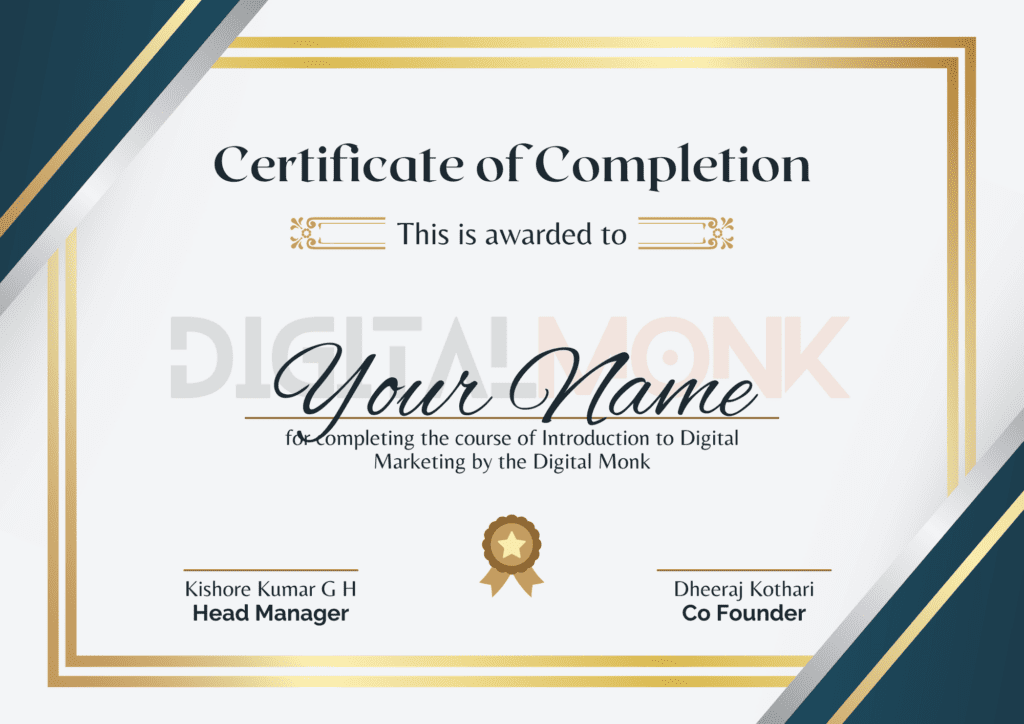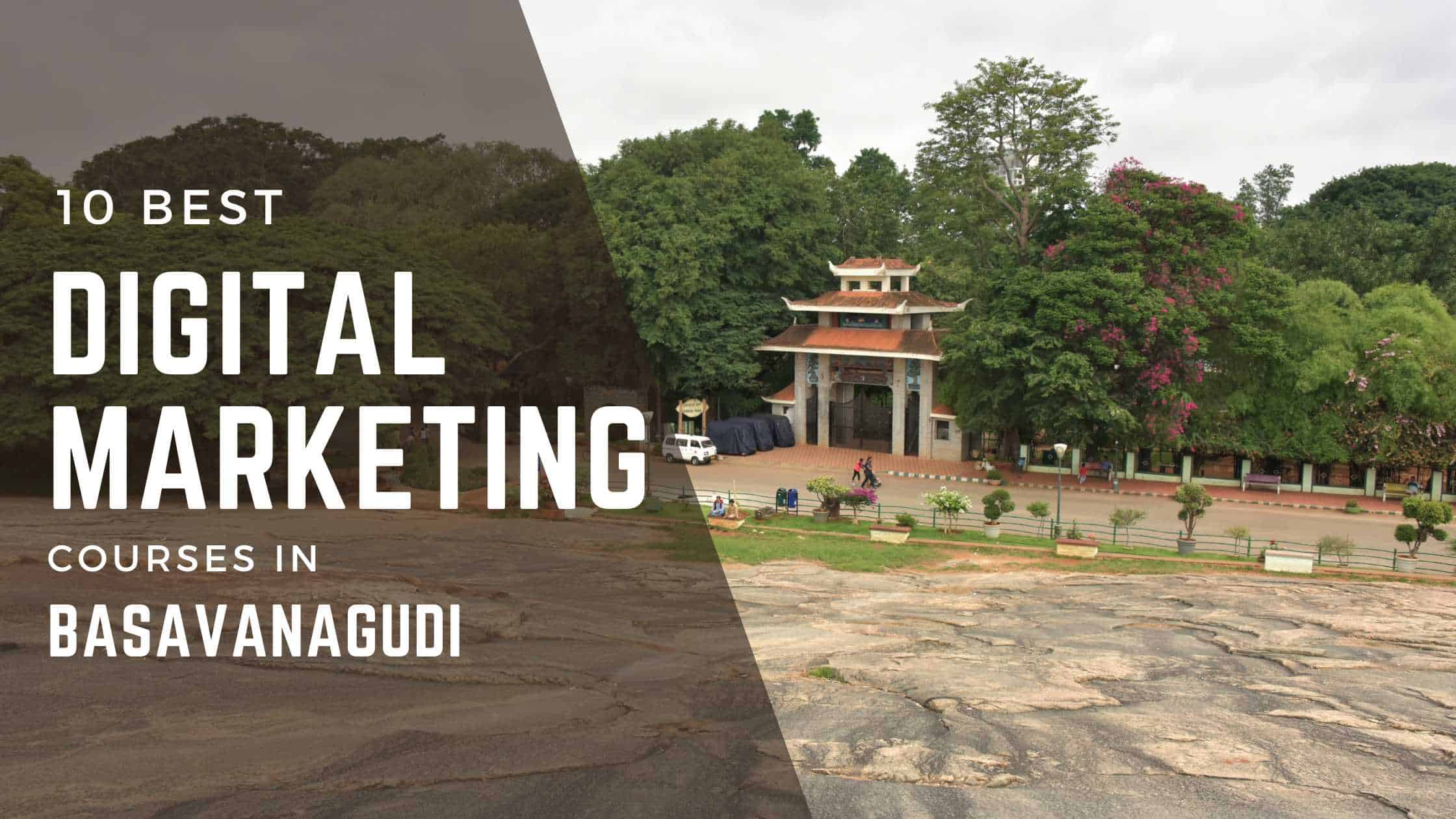Blogging is one of the most effective ways to interact with your audience. Blogs can be fun, informative, entertaining, and insightful. However, we should also remember that this type of content can provide a number of unique SEO benefits that should not be overlooked. Blogs will imbue your website with a sense of authority, they can proactively engage the reader, they are often used to build a solid base of followers, and they may be used to boost search engine rankings.
However, writing an SEO-friendly blog is slightly more complicated than it may initially appear. There are a handful of relevant metrics to take into account and some strategies work better than others. This is why we have taken the time to create an informative how-to guide so that your posts can begin reaping the rewards that you have been looking for. Without any further ado, let’s begin.
Long-Tail Keywords: Your Best Friends or Your Worst Enemies
We are all aware that keyword placement represents one of the core tenets of any productive approach to SEO. However, more is certainly not better in this case. Some bloggers are under the false impression that the number of keywords will directly correlate with how much exposure their content will receive. In fact, the exact opposite is true. Keyword stuffing is a sure-fire way to incur penalties from search engines such as Google. Furthermore, this practice creates a clumsy and awkward text.
As HubSpot highlights, it is much better to choose one or two long-tail keywords which are directly related to the content. Why are long-tail keywords more effective? These variants are extremely effective at describing to search engine what is contained within the blog. Therefore, users will be provided with more accurate results when a query is made. It should likewise be mentioned that long-tail keywords can often be more easily integrated into the text itself; allowing the article to flow naturally.
Keyword Placement
Let us now assume that you have found the proper keywords for your post by using tools such as Competitor Source Code or the Google Keyword Planner. Of course, we are all aware that these words and phrases should be actively embedded within the text. Unfortunately, we often forget that the hidden framework of a blog is just as important from an SEO perspective. This is why keywords should be included in four additional places:
- The title tag
- At least one subheading
- The meta title and meta description (if applicable)
- The URL of the blog
These locations are often examined by search engine algorithms, as they provide information in relation to what the blog intends to cover. Any embedded keywords will act as digital “billboards” which can provide more clarity during the ranking process.
Creating a Mobile-Responsive Blog Post

Image Credit: Photo by Jaelynn Castillo on Unsplash
Blogs are primarily designed to further connect with the reader. So, it is perfectly logical that the end-user experience also needs to be taken into account. This when the notion of a mobile-responsive interface comes into play. In fact, Google has favored mobile-friendly web design techniques since as far back as its 2015 Penguin update.
Mobile responsiveness is now more important than ever before, as a growing number of users will be accessing your site while away from a standard computer. The smartphone revolution dictates that any content must display seamlessly across multiple devices. Some professional tips to consider include:
- Employ long-scrolling text.
- Optimize images for mobile devices.
- Make certain that any graphical elements (such as logos and infographics) can be re-sized to fit a smaller display screen.
- Ensure that users can zoom in onto the text.
- Keep pop-up elements and banner ads to a minimum.
A mobile-responsive design can improve the number of inbound hits and once again, search engines look favourably upon this approach.
Optimise Images

Image Credit: Photo by Fabian Albert on Unsplash
Wading through long blocks of text is boring and best and downright frustrating at worst. However, some blogs (such as those relating to more technical subjects) may require 2,500 words or more to accurately convey a message. This is when the power of optimized images should be leveraged.
To be clear, search engines such as Google and Bing are quite advanced. However, they have not evolved to the point where they can interpret the visual elements within an image. This is why “alt” tags are used. “Alt” tags are designed to explain what an image contains to a search engine algorithm. This is why blogs that contain alt text will rank higher within a results page.
Another interesting point to mention is that “alt” tags can actually improve the user experience. These clever widgets will be shown in the event that an image cannot be displayed. They are also excellent for anyone who may be suffering from vision problems and is required to use a screen reader. The good news is that it is normally quite easy to embed “alt” tags within a standard block of HTML.
Resonating with the Reader
Although countless marketing articles focus upon the more technical aspects of blogging for SEO (such as we have done above), it should nevertheless be remembered that the ultimate goal is to connect with the reader in question. This is why appreciating your target audience is crucial if you ever hope to gain online exposure. Here are a handful of expert strategies to adopt:
- Define the persona of the reader.
- When discussing a product or service, focus more upon the benefits than the features.
- Try to keep the text as simple, concise and straightforward as possible.
- Describe one point per paragraph or subheading, as the content may otherwise become confusing.
Assuming that you are creating blog posts for e-commerce purposes, always include a call-to-action within the content, preferably towards the end. A CTA can come in the form of a redirect to a product page, a chance to speak with a representative or the opportunity to sign up for a newsletter. Above all, any call-to-action is engineered to establish a firm connection between the user and your blog.
First Impressions: The Role of the Title

Image Credit: Photo by Stephen Phillips – Hostreviews.co.uk on Unsplash
Take a moment to think about the importance of a title. Titles are essential “magnets” intended to attract the reader to what a post contains. This can be clearly seen within the traditional world of literature. Titles such as “The Green Hills of Africa”, “Crime and Punishment” and “The Alchemist” immediately entrance the potential reader. Some will argue that these perennial classics might not have achieved such success without the use of memorable titles.
Of course, you do not need to possess the talents of Ernest Hemingway or Paolo Coelho to craft an interesting blog title. Here are some useful guidelines to keep in mind when brainstorming:
- It should contain no more than 60 characters in total. This ensures that there will be no breaks when it is displayed within the search engine results page.
- The title must always contain the main keyword of the blog.
- Titles need to accurately describe when the post will contain.
- The best titles will captivate the visitor and arouse his or her curiosity.
If you are still stymied, it is often wise to search for similar blog posts from other writers. These may be able to provide you with a bit of much-needed inspiration.
The Hidden Dangers of Topic Tags
Topic tags are useful tools when creating numerous blog posts. Similar to a table of contents, users can employ these tags to search for a specific subject. Problems can nonetheless arise if you choose to use too many tags of a similar semantic nature. Why is this the case?
Tags are designed to segment blog content and therefore, a new page will be created with every tag. So, similar tags may be viewed as duplicate content by search engines such as Google. Although this is often a perfectly innocent mistake, it can sometimes lead to penalties in terms of rankings.
If you are concerned about duplicate tags, it is best to perform a bit of digital spring cleaning. Collate a complete list of the tags currently used. Out of this list, eliminate any ones which may appear too similar. Once you have highlighted between 15 and 25 topic tags, these can be attached to specific posts within your blog without having to worry about duplicate content.
Use Internal Links

Image Credit: Photo by Scott Graham on Unsplash
Blog posts are often linked to one another, and for good reason. This type of internal linking will provide users with additional information if they happen to become interested in specific content. This also leads to higher levels of engagement. However, linking is also a vital policy in terms of search engine optimization.
As the team at Yoast observes, internal linking helps search engines to better understand the relationship between different pages within a blog. This relevance is crucial in regards to the rankings of a blog or an entire website. So, be sure to use internal links whenever possible.
How Often Should Updates Occur?
This is a rather contentious question and the chances are high that you will come across many answers. However, all professionals agree that regular updates will help to increase SEO rankings. The only issue involves how frequently new posts should be created.
Some experts claim that blogs related to e-commerce are best to update between one and three times each week. On the other hand, full-time bloggers and social media influencers will often update their material on a daily basis. We can now see that the overall frequency is determined by the size of the audience and your objective goals.
As a general rule of thumb, anyone who is hoping to gain a greater number of followers and to establish a higher degree of digital “clout” should make it a point to create new posts three times each week. This rhythm can be increased or decreased in the future as the needs of the demographic are better understood.
SEO Plugins

Image Credit: Photo by Striving Blogger on Unsplash
Some of the suggestions outlined above are rather easy to implement. Others (such as those requiring a knowledge of HTML) may present problems for novices. This is why SEO plugins represent excellent tools to consider. Plugins are essentially templates which ensure that you are following the correct guidelines. Some can also check for grammar errors and issues with continuity. Here are a handful of the top 2021 SEO plugins:
- Yoast
- All-in-One SEO Pack
- Rank Math
- SEOPress
- WP Meta SO
Many of these are designed to work in synergy with website hosting services, so integration should not represent an issue.
Appearance Matters

Image Credit: Photo by Merakist on Unsplash
A final SEO recommendation involves the visual appearance of the blog in question. Similar to a three-course meal, whetting the “appetites” of your readers will often depend upon how the information is presented. Never embed advertisements that hide portions of the text. Ensure that all borders are evenly spaced. Break up the blog with images, videos or infographics. Assuming that the blog is liked to a standalone website, use the same colors and branding so that customers are provided with a sense of aesthetic familiarity.
It is wise to ask friends and family members for their opinions, as they may be able to highlight smaller issues that could otherwise be overlooked. This is also an excellent way to make sure that the written content is appealing and without errors.
SEO-Friendly Blogs: Achieving the Exposure That You Deserve
Although some bloggers write for fun, a growing number are now using these posts to increase their SEO rankings and to enjoy a higher return on investment (ROI). This is why all of the recommendations outlined above can represent powerful utilities within your current marketing arsenal.
Still, you might require targeted professional assistance. When referring to SEO in Cork and the surrounding areas, we are only moments away. The team at Digital Funnel can provide you with second-to-none levels of insight in the area of SEO. If you are less than happy with recent blogging results, feel free to contact us.
Author Bio
Ian Carroll has been a Digital Marketing and SEO specialist for over ten years and he currently runs Digital Funnel who are specialists in SEO in Cork, Ireland.















